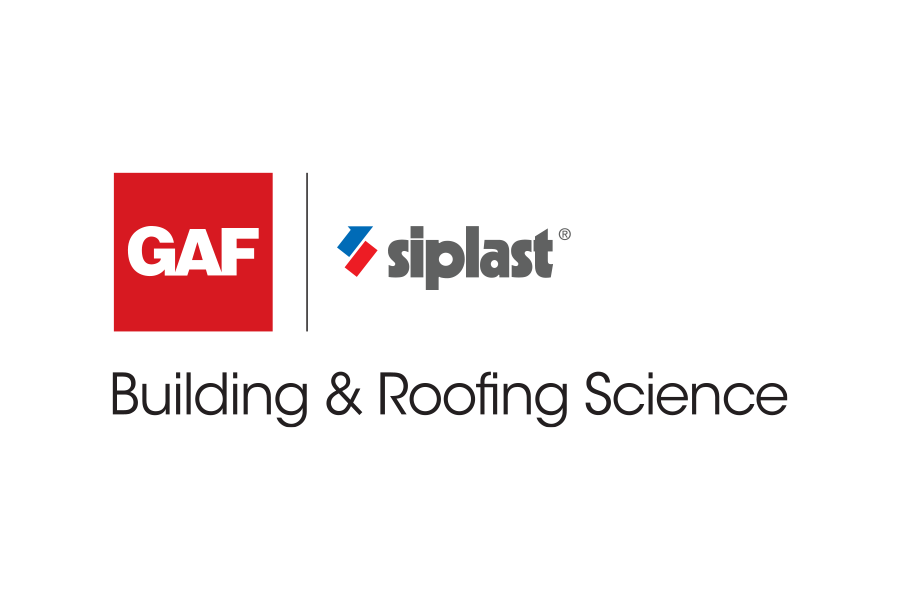Moisture Durability, Roofing and Green Standards
Part 6—Takeaways
KEY TAKEAWAYS
When designing for moisture durability and energy efficiency in enclosures and roof systems, consider all project phases. This includes utilizing the building enclosure commissioning process to more formally ensure the relevant moisture durability risks are being assessed by an enclosure professional. It is important to recognize that overlooking one of the project phases may result in unmanaged risk for the long-term building performance. Some of the green rating systems have direct coverage of individual elements of moisture risk mitigation, but the certification frameworks may not be sufficient to rely on to provide comprehensive moisture durability mitigation. This is especially important knowing all four rating systems have mandatory energy efficiency improvements beyond code-minimum requirements, but none of the four have a complete set of mandatory credits to accommodate the increased moisture risk associated with the added enclosure complexity.
To accomplish long-term durability, it’s recommended to manage risk when interactive complexity and tight coupling are inherent in a roof and enclosure system design. This assessment provides a framework for applying enclosure moisture risk elements that can be used to supplement any of the green rating systems or to just enhance a project’s performance. It is recommended to use or borrow the best features from each system to shore up any project’s specifications. And if the owner is seeking a specific green rating system certification, be sure to look across the alternative rating systems to fill in the gaps where one may leave out elements or is vague regarding enclosure moisture durability.
REFERENCES
1 Air Barrier Association of America, Quality Assurance Program (QAP), www.airbarrier.org/qap, accessed September 2020.
2 American Institute of Architects, AIA Resilience and Adaptation Online Certificate Program, aiau.aia.org/aia-resilience-and-adaptation-online-certificate-program, accessed September 2020.
3 ANSI/ASHRAE/IES. Standard 90.1-2019, Energy Efficiency Standard for Buildings Except Low-Rise Residential Buildings. ANSI/IES/ASHRAE, 2019.
4 ANSI/ASHRAE/IES. Standard 160-2016, Criteria for Moisture-Control Design Analysis in Buildings. ANSI/IES/ASHRAE, 2016.
5 ASTM International. E2947-16a Standard Guide for Building Enclosure Commissioning. West Conshohocken, PA; ASTM International, 2016. doi: doi.org/10.1520/E2947-16A
6 Green Building Initiative, Inc. Green Globes® for New Construction 2019 Technical Reference Manual, Version 1.0, Green Building Initiative, Inc, December 2019.
7 International Code Council. 2018 IECC - International Energy Conservation Code. International Code Council (ICC), November, 2017.
8 International Code Council, Inc. and ASHRAE, 2018 International Green Construction Code powered by ANSI/ASHRAE/ICC/USGBC/IES 189.1-2017 Standard for the Design of High-Performance Green Buildings Except Low-Rise Residential Buildings. International Code Council, Inc. and ASHRAE, 2018.
9 International Institute of Building Enclosure Consultants, Registered Roof Observers – RRO, https://iibec.org/professional-registrations/rro/, accessed September 2020.
10 International Living Future Institute, Living Building Challenge 4.0, International Living Future Institute 2019.
11 U.S. Department of Energy. Energy Savings Analysis: ANSI/ASHRAE/IES Standard 90.1-2016. Report prepared by Athalye, R.A, M.A. Halverson, M.I. Rosenberg, B. Liu, J. Zhang, R. Hart, V.V. Mendon, S. Goel, Y. Chen, Y. Xie, and M. Zhao, Richland, WA, Pacific Northwest National Laboratory, 2017.
12 U.S. Environmental Protection Agency. Moisture Control Guidance for Building Design, Construction and Maintenance. EPA 402-F-13053, December 2013. doi: www.epa.gov/iaq/moisture
13 U.S. Green Building Council, Inc., LEED Credit Library, LEED BD+C: New Construction, Version 4.1. Washington DC: U.S.Green Building Council. Accessed September 2020.
14 Kaplow, Stuart, “Lawsuit over First LEED Platinum Building is Over,” Green Building Law Update, www.greenbuildinglawupdate.com/2015/12/articles/leed/lawsuit-over-first-leed-platinum-building-is-over. December 13, 2015, accessed September 2020.
15 Meyer, Benjamin,“Addressing Moisture Management and Energy Performance in Wall Assemblies,” Journal of the National Institute of Building Sciences (JNIBS), Winter 2018.
16 Perrow, Charles. Normal Accidents: Living with High-Risk Technologies New York: Basic Books, 1984.
17 M. Rosenberg and J. Zhang, Ph.D. “Energy Savings Analysis of ANSI/ASHRAE/IES Standard 90.1-2019 Final Progress Indicator.” Pacific Northwest National Laboratory. Presented at ASHRAE SSPC 90.1 Winter Meeting in Orlando FL, February 2, 2020.
18 Single-Ply Roofing Industry (SPRI). “SPRI Advisory Bulletin: Construction-generated Moisture And Its Effect On Roofing Systems.” August 2008.
19 Pettit, Betsy. “Thermal and Air Leakage Control.” Building Science Corporation. Presented at Build Boston. Boston, MA, November 2005.
20 Pierce, H. H. and Crowe J. P. “Structural Concrete Decks, Vapor Retarders and Moisture—Rethinking What We Know,” IIBEC Interface, February 2020.
21 SRI Consultants. “Moisture in New Concrete Roof Decks.” 2020.
Benjamin Meyer, AIA, LEED AP is a Roofing & Building Science Architect with GAF. His previous experience includes: enclosure consultant principal, technical management for enclosure products, architecture, real-estate development and construction management. Benjamin serves as a Member of the LEED Technical Committee, Member of the ASHRAE 90.1 Envelope and Project Committees, and a Director of ABAA. Visit him at www.linkedin.com/in/benjamin-meyer-728740a









